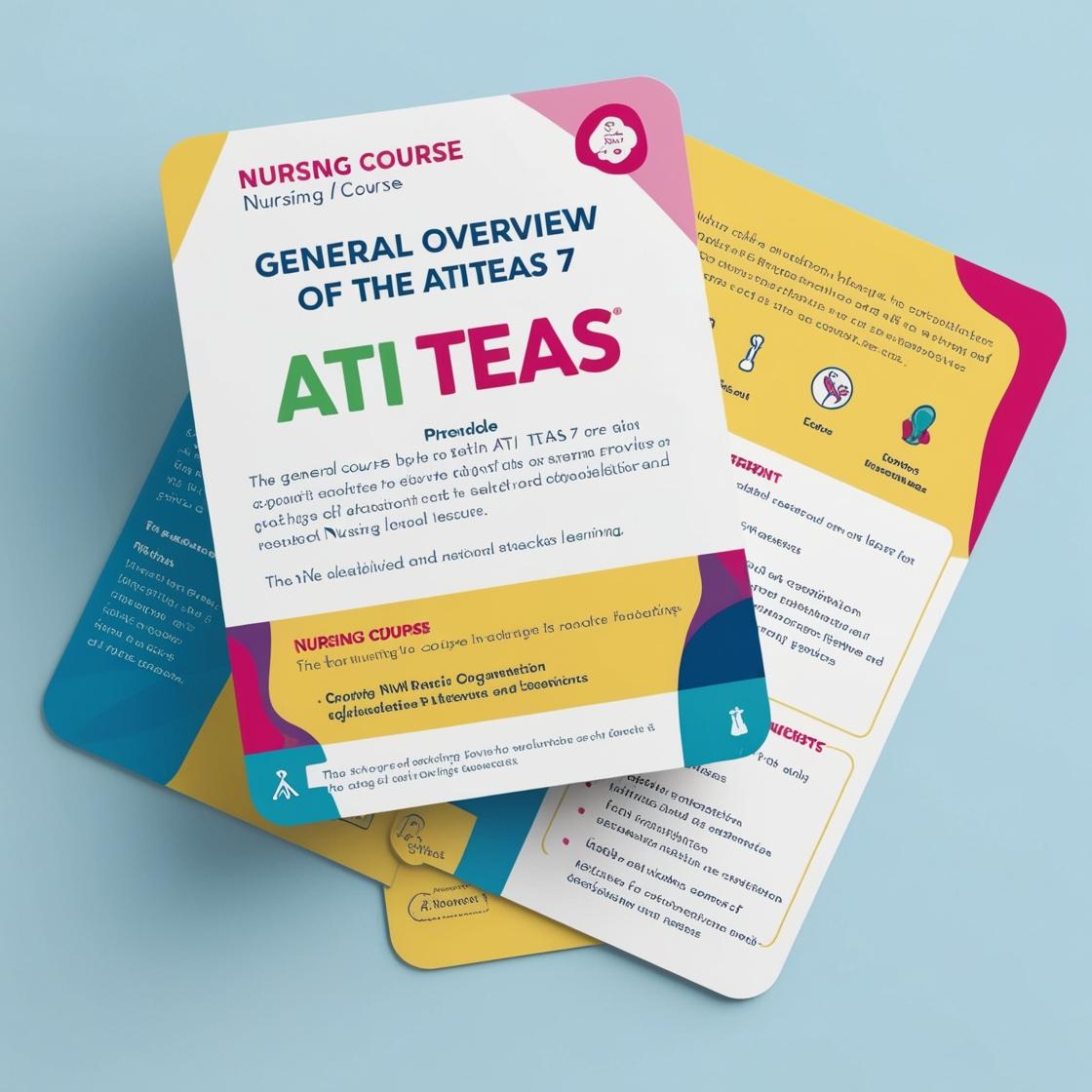ATI TEAS 7
TEAS 7 science practice questions
1. Which enzyme found in saliva is responsible for breaking down carbohydrates into smaller molecules like sugars?
- A. Pepsin
- B. Amylase
- C. Lipase
- D. Trypsin
Correct answer: B
Rationale: The correct answer is B. Saliva contains an enzyme called amylase, which specifically targets carbohydrates and breaks them down into smaller molecules like sugars. Pepsin, choice A, is an enzyme found in the stomach that breaks down proteins, not carbohydrates. Lipase, choice C, is responsible for breaking down fats, not carbohydrates. Trypsin, choice D, is an enzyme that breaks down proteins in the small intestine, not carbohydrates. Therefore, choices A, C, and D are incorrect for this question.
2. What is the primary function of nephrons?
- A. Store urine
- B. Filter blood and remove waste products
- C. Produce hormones
- D. Control blood pressure
Correct answer: B
Rationale: Nephrons are the functional units of the kidneys responsible for filtering blood to remove waste products, excess ions, and water. This process leads to the formation of urine, aiding in maintaining the body's fluid and electrolyte balance. The primary function of nephrons is not to store urine but to filter blood and eliminate waste products. Choice C, 'Produce hormones,' is incorrect as nephrons primarily focus on filtration rather than hormone production. Choice D, 'Control blood pressure,' is also incorrect as while the kidneys do play a role in regulating blood pressure, it is not the primary function of nephrons within the kidneys.
3. The ureters are paired tubes that transport urine from the:
- A. Bladder to the urethra
- B. Kidneys to the bladder
- C. Urethra to the kidneys
- D. Skin to the kidneys
Correct answer: B
Rationale: The ureters are responsible for carrying urine from the kidneys to the bladder. Once urine is produced in the kidneys, it travels down the ureters to be stored in the bladder until it is eliminated from the body through the urethra. Therefore, the correct answer is B, 'Kidneys to the bladder.' Choices A, C, and D are incorrect as they do not accurately describe the function of the ureters in the urinary system. Choice A, 'Bladder to the urethra,' is incorrect because the ureters carry urine from the kidneys to the bladder, not from the bladder to the urethra. Choice C, 'Urethra to the kidneys,' is incorrect as the flow of urine is from the kidneys to the bladder via the ureters, not in the reverse direction. Choice D, 'Skin to the kidneys,' is unrelated to the urinary system; the ureters are not involved in transporting substances from the skin to the kidneys.
4. Which part of the brainstem controls heart rate and breathing?
- A. Medulla oblongata
- B. Pons
- C. Midbrain
- D. Thalamus
Correct answer: A
Rationale: The medulla oblongata is a critical part of the brainstem responsible for regulating essential functions such as heart rate, breathing, and blood pressure. It houses centers that oversee these involuntary processes, making it the correct answer. The pons, midbrain, and thalamus do not primarily control heart rate and breathing, thus making them incorrect choices for this question.
5. What is a mutation?
- A. A change in the DNA sequence
- B. A type of protein
- C. A normal part of the DNA replication process
- D. A harmless variation in DNA
Correct answer: A
Rationale: A mutation is defined as a change in the DNA sequence, which can occur due to various factors such as errors during DNA replication, exposure to mutagens (e.g., chemicals, radiation), or spontaneous changes. These alterations can lead to modifications in the genetic information carried by an organism, resulting in effects that can range from harmless variations to causing genetic disorders or diseases. Mutations play a crucial role in genetic diversity and evolution. Choices B, C, and D are incorrect as they do not accurately define what a mutation is. Option B is incorrect because mutations are not a type of protein but rather changes in DNA. Option C is incorrect because while mutations can occur during DNA replication, they are not considered a 'normal' part of the process as they can lead to genetic variations. Option D is incorrect because mutations can have a wide range of effects and are not always harmless variations.
Similar Questions

Access More Features
ATI TEAS Premium Plus
$149.99/ 90 days
- Actual ATI TEAS 7 Questions
- 3,000 questions with answers
- 90 days access
ATI TEAS Basic
$99/ 30 days
- 3,000 Questions with answers
- 30 days access
